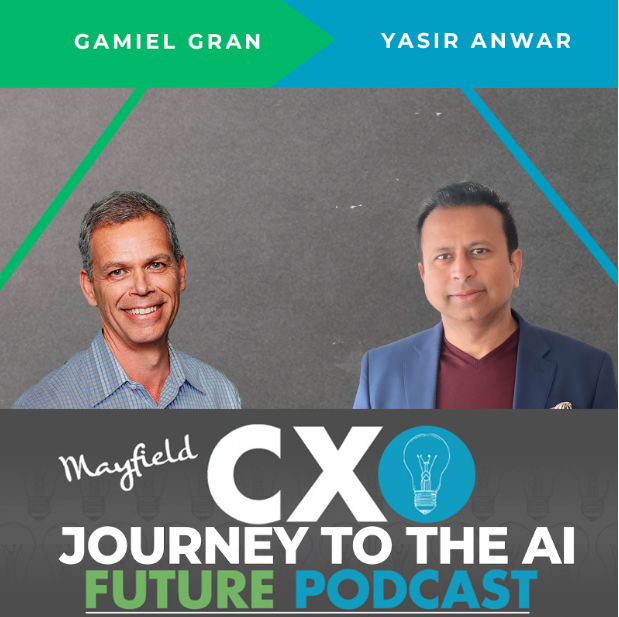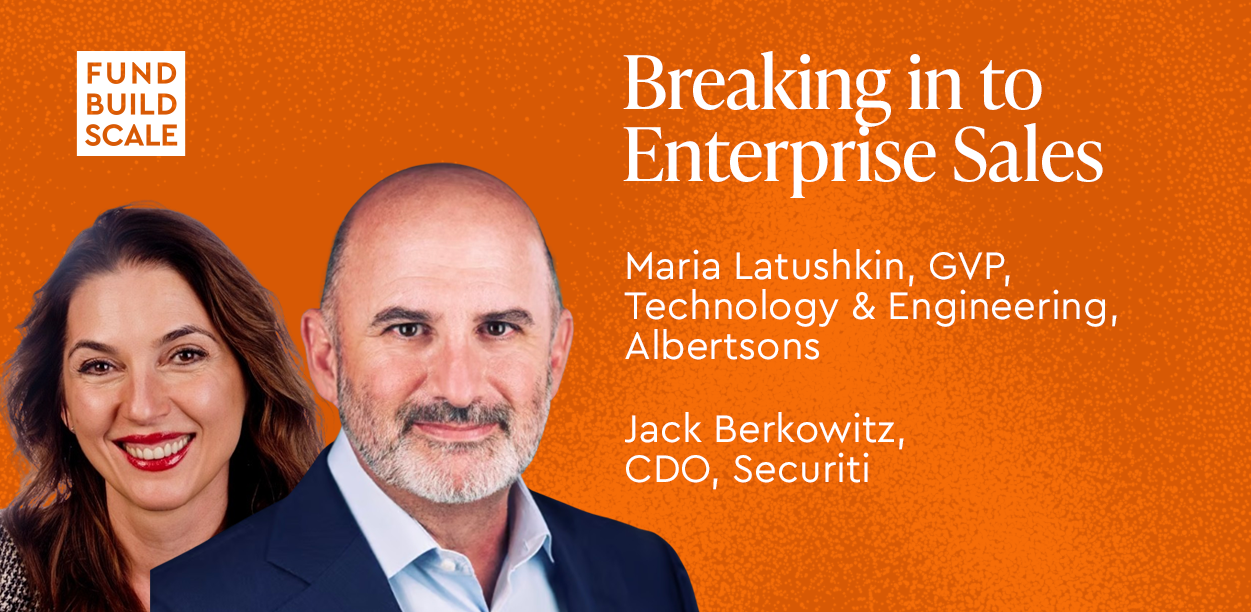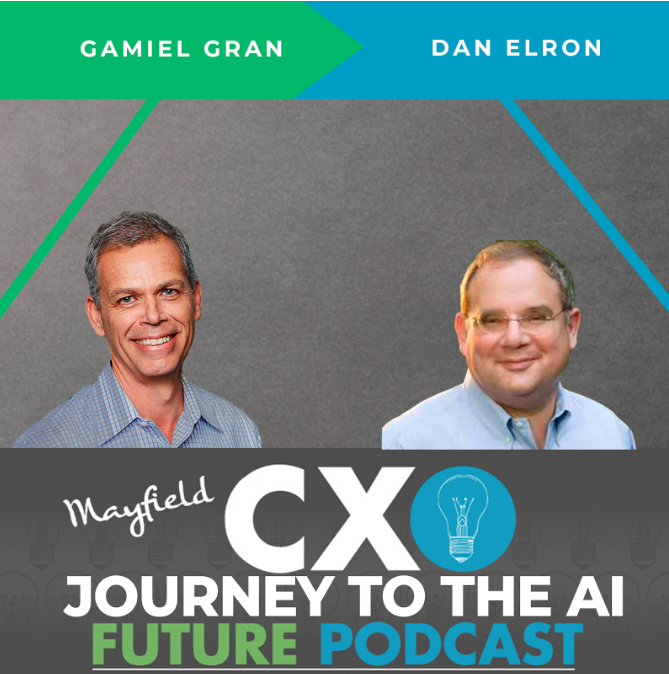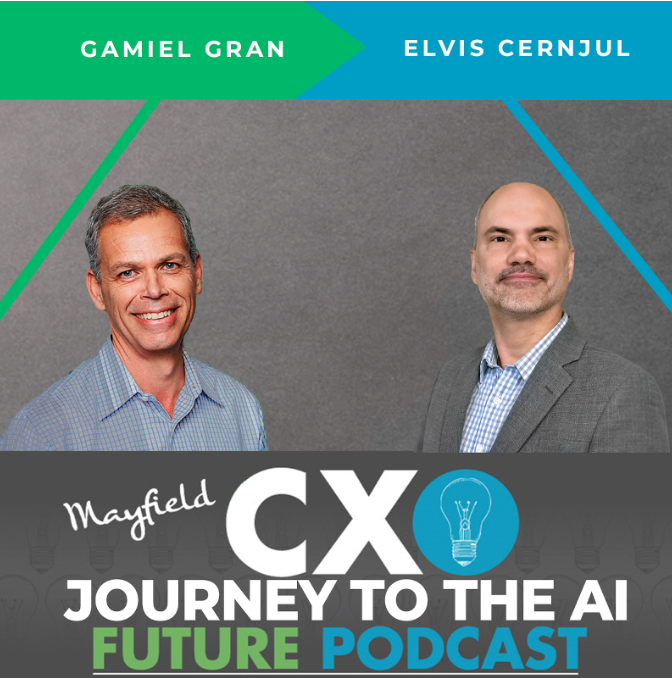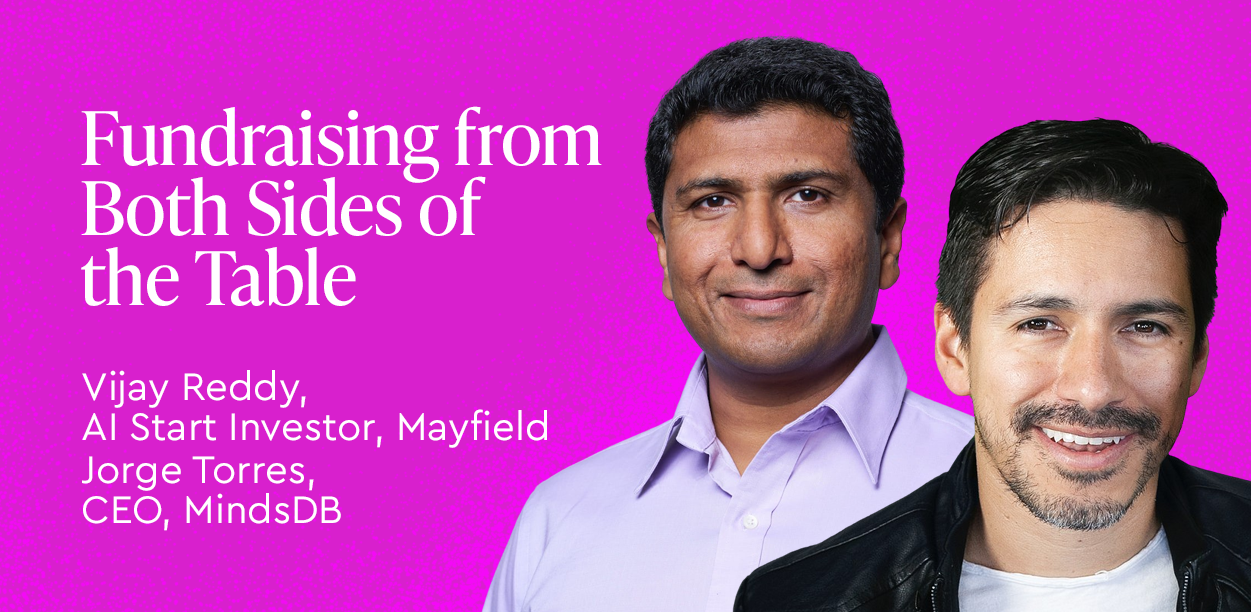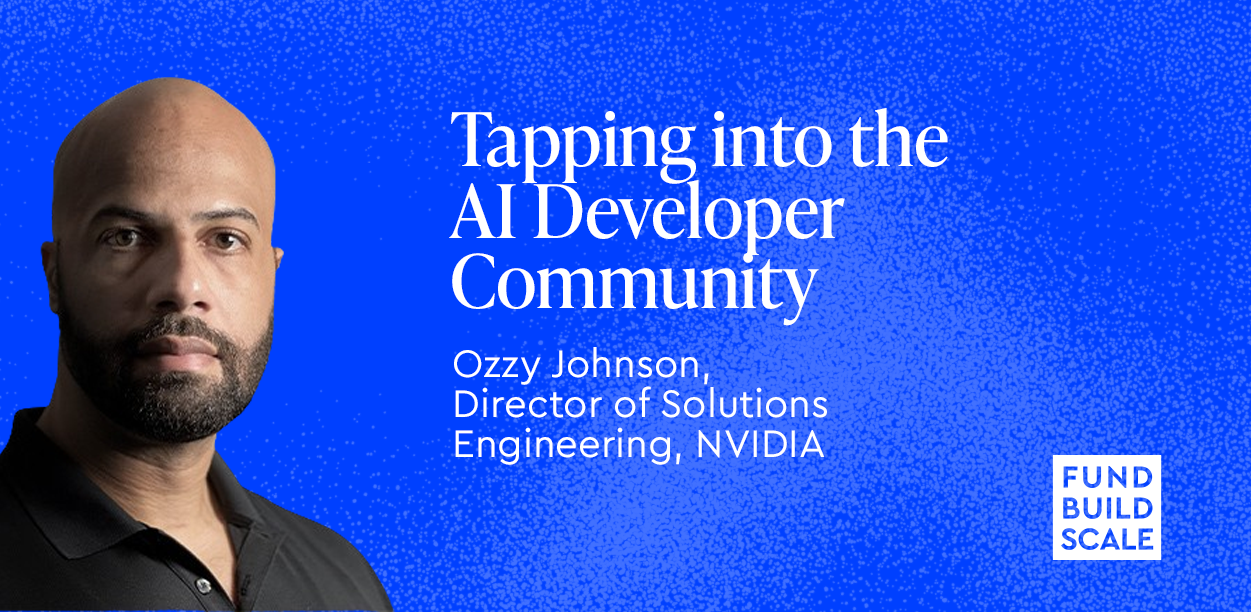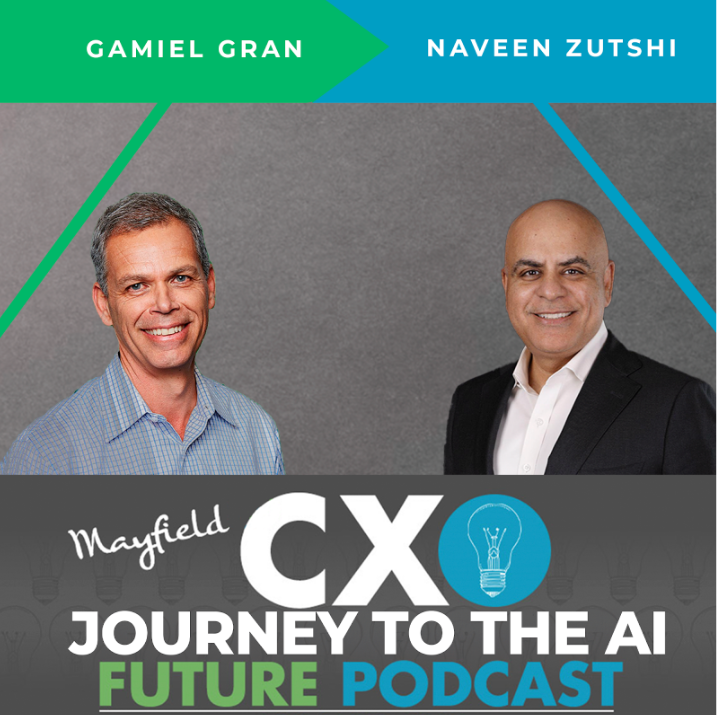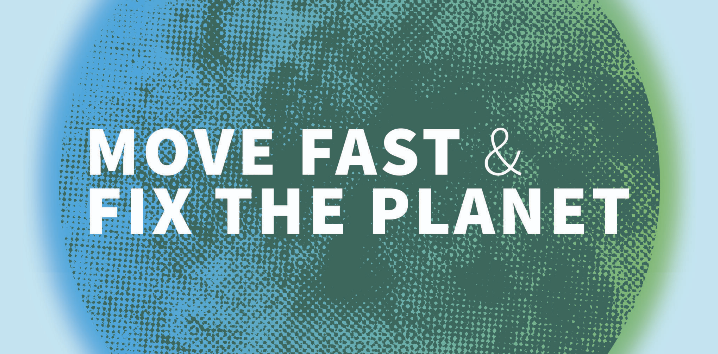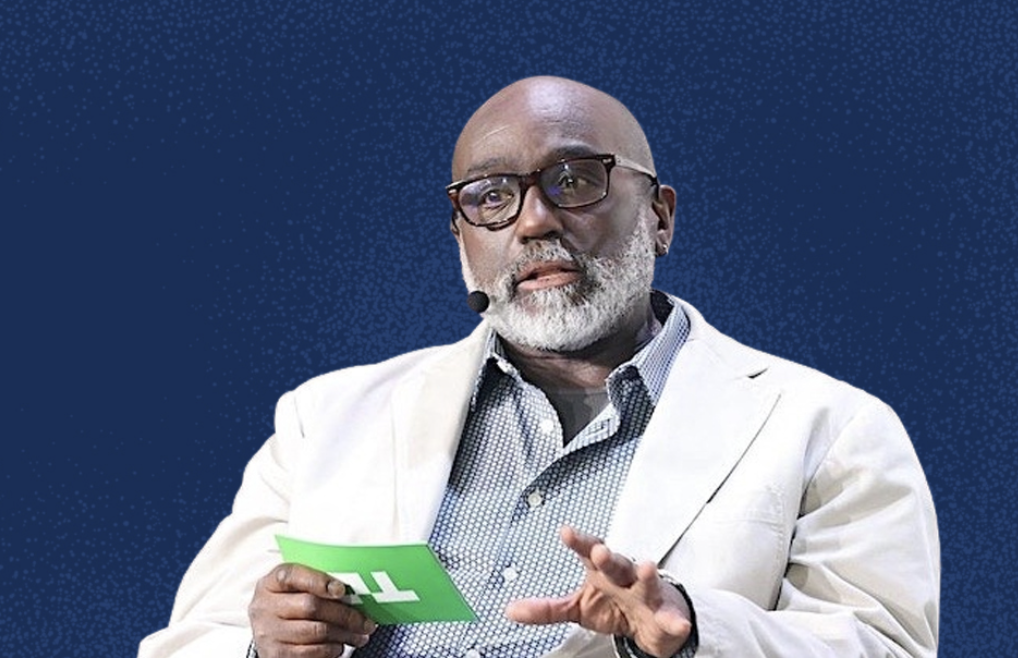Many CIOs find success through a series of leadership roles in a single industry, but today’s guest for Mayfield’s CXO of the Future Podcast has bucked the trend with broad experience across numerous verticals. We were honored to welcome Steve Mills, a good friend, and the Global CIO at iHeartMedia.
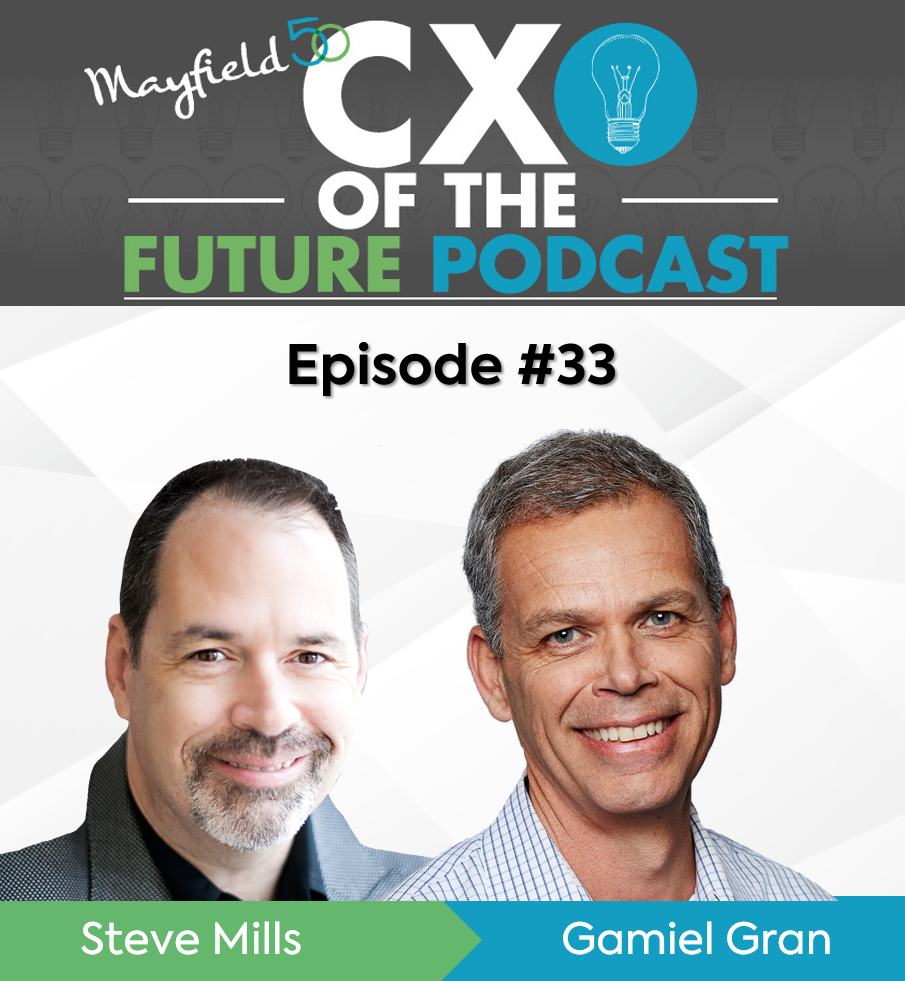
Steve has over 30 years of experience in information technology, enterprise systems, and software engineering. In addition to his role as Chief Information Officer for Motorola, Steve previously served as Chief Information Officer of leading cloud hosting solutions provider Rackspace, as well as serving in executive positions at T-Mobile, BearingPoint, and Intelligent Technologies. He also holds a PhD in Computer Science from Southern Methodist University.
Listen to the podcast here:
The Road to Becoming a CIO
Being a CIO was never part of Steve’s life plan when he was younger.
“I sort of fell into computer science as a major. It was something I felt I was good at in college. I started out writing code, but felt I was better at problem solving and firefighting and that sort of thing. I was drawn to project and program management, initially as an individual contributor, and gradually got drawn into leadership as the need presented itself. An executive position opened at T-Mobile in Texas that was a great fit for me, and I took it. That was the beginning of my IT journey.”
Steve started with the Hotspot Group in their early days. T-Mobile had bought Mobile Star out of bankruptcy and were building what became the first national business Wi-Fi service network. It was an exciting place to be and the growth was explosive. They started with around 20,000 users/subscribers and over a span of three years, racked up more than two million. Their revenue grew from $2M to over $120M a year. It was like working at a small startup inside of a gigantic company with tremendous resources, and the experience was invaluable.
Eventually Hotspot became so strategically important that the decision was made to merge that business into T-Mobile proper, which left Steve with the option of leaving the company or going into corporate IT. Bruce Brown, who was the CIO at the time, and a great mentor, pushed him to take on SAP, the back office system for T-Mobile. Steve didn’t know anything about ERP outside of a small company context, so this was a huge learning opportunity over the next three years at T-Mobile.
Following that experience, someone suggested he connect with Rackspace. He knew a lot about virtualization, but not so much about public cloud. Furthermore, Rackspace had never had a CIO before, and Steve had never been a CIO. It was an interesting opportunity to learn just how different the CIO role actually is, as opposed to how it appears from the outside.
Skill Sets for CIOs Across Industries
Steve has always felt drawn to new challenges and one of his observations while working as a CIO at three different companies of different sizes, is that even at very different stages of growth, or even completely different industries, the problems are more or less the same; it’s the proportions that are different.
“I think to be successful as CIO–especially if you’re moving into an industry that you’re not familiar with, or a company that you don’t know well–you have to learn the business and understand top to bottom what’s important from a business perspective. It’s all about:
- How to make more money than you spend and continue to grow
- How you enable those things using technology
If you approach it as technology looking for a home, it’s really hard to be successful. My job at T-Mobile was about executing things we decided to do, and the CIO’s job was about deciding what the right things were. It helped that I was conversant in technology and had an idea of what was easy, what was hard, what was expensive, and what was less so. But the job was a business job, and it took me a little while to figure that out. As the CIO, you need to have multiple perspectives on your job, and one perspective is that you’ve got to be willing to cut the cost of it to zero. If the people in the organization don’t see the value in what you’re doing, then you shouldn’t do it. You’ve got to be willing to cut arbitrarily deep if business leadership is not supportive of the projects that you’re working on.”
Critical Skills of an Effective Leader
Steve feels that the job of an effective leader is to make your peers throughout the business successful. The key is being empathetic and recognizing that other people see things differently. The best formula for successful IT leadership is to build an understanding of how the business works in order to objectively make trade-off decisions and set the tone for the way the organization operates. You used to be able to do really big projects over really long periods of time, but that model just doesn’t work anymore. If you can’t deliver value on a quarterly basis on everything that you’re working on, you will not keep people’s attention for very long.
“At iHeart, we have a quarterly theme for every project, something that can be described clearly in one sentence so that the business will understand what we’re doing, and why we’re doing it. I’m not a big fan of naming projects ‘Phase One, Two or Three’. We try to tie names to each phase that have meaning and let business teams connect the dots around why we’re doing what we’re doing. But I feel like you can’t really take a whole bunch of company money and dump it down a hole and not show people what they got for it. There needs to be a rhythm or cadence where they know what to expect. But if you can’t bring something to market in three months, then sometimes ‘fast enough’ will have to do.”
The progress of public cloud, SaaS, and self-service capabilities means that your business partners have options, and if they’ve got a credit card, they don’t really need you. They can go buy whatever they want. And the onus is on the CIO to demonstrate value and show business leadership that there is an advantage to having an internal IT team. You have to make tradeoffs to ensure that the important things get done and the less important things get de-prioritized.
Leading Despite Remote Work
On leadership, Steve tends to think it was a bit easier pre-COVID because you’d run into people in the hallway and you could do social things together. But his belief is that like it or not we’re headed for a hybrid workplace for the indefinite future and you have to flex a little and think about who needs attention, and how to give it to them.
“One thing we’ve done at iHeart that has been wildly successful is something we call the Friday Whistle. It was clear six months into COVID that people were getting burnt out. So at 4pm CT, 5pm ET, on Friday afternoons, we take a 10 minute whistle break that can’t be work related. Different teams did it every week–anything from a scavenger hunt at someone’s home, to a couple of engineers with musical talent playing songs together. It’s a chance to relax, put work aside, and signal a clear break at the end of the week. I wrap it up by saying, ‘OK, you guys know this is the point where we close our laptops and spend time with friends and family. See everybody back here on Monday morning.’ It also provides 10 minutes of informal exposure to somebody you probably don’t know very well or may not have met. It’s imperative for leaders to go on the offensive and think about who needs your attention and how to ensure they get it.”
Innovation
Anybody can be innovative, but it has to be a democratic thing to be successful. People need to feel empowered and know they’re going to be rewarded for their initiative – and that involves a little bit of risk. As a leader, it’s important to help people think through where they can afford to take risks, and where they can’t.
We talk a lot about risk in the context of Mayfield’s portfolio of startups. For Steve, the risk framework is checking for things that aren’t foundational because at iHeart, they’re a pretty garden variety IT shop. The innovative part of what they do is on the media side of the audio products that they produce.
“I can’t afford to take a lot of risk on ERP, for example, or even on things like the CI/CD pipeline. If I’m going to build my entire enterprise application suite on the public cloud, I can’t afford to have a lot of risk in that area versus areas like security tools, or analytics tools, that are additive. Those are the areas where we can take more risks and do some experimental things.”
The area that iHeart harvests the most from in terms of innovation is during their annual hackathon and hack week. It’s always in the middle of summer so that their interns can get involved, and it’s always a blast. They typically have somewhere between 25 and 30 different four person teams that compete, and some of their supplier partners will pony up some swag for rewards. The judges are always folks from business leadership, because they know what the company needs, and it’s an opening for them to see that their own people can be really creative.
Finally, they put a financial reward out there for teams that can commercialize the things they come up with, to the extent that they can get someone from the business side of iHeart interested, and they can bring that thing to market by the next time we all meet up for a hackathon.”
Advice for Startups
Some advice Steve was given back in the day that really stuck with him is:
“Don’t tell people what you think they ought to want to know. Tell them what they really need to know in order to make the decision you’re asking for.”
Steve sits with a lot of startups that lead with information about the company and their backgrounds, and that’s interesting and it’s good to know, but at the end of the day, he’s much more interested in what capabilities they’ve got, and whether those map to the problems that he sees in his own organization. His advice is to look through the lens of whoever your customer is and focus on the things that will help them decide that your capability is useful. Every startup CEO should be able to tell their customer in one sentence why they should listen to their pitch.
Founders need to understand the business area that they are attacking through the eyes of the business customer, what their problems are, and how their approach will help them solve this problem. And if a startup can’t articulate that in a sentence, then they may not have something as meaningful as they think it is.
Keeping a Strong Pulse
CIOs can’t lose touch with what’s going on at the front lines. Steve stays in touch by choosing at least one project that’s really interesting to him and sitting in on weekly meetings so that he knows what software development is happening in that area. As a CIO, it’s crucial to look horizontally to be successful in the role, but you’ve got to go deep, too. You have to find ways to have spikes or drill holes that go all the way to the bottom so you can see what’s really going on down there.
“The project I’m currently interested in has to do with automating the way that we do a radio broadcast, which is probably the oldest, most 1990s-feeling part of what we do around here. But it could be modernized and now is the time. And my philosophy is if there’s an opportunity for modernization and you don’t do it to yourself, somebody is going to do it to you. By sitting in weekly meetings, I get a weekly snapshot, and I can provide my perspective and help accelerate that work.
But the other dimension of being involved in this way is to see our people in action and get to know them and see how they are in the heat of battle. How do we operate around here and are we efficient, are we effective? How do decisions get made and how do priorities get set? Do we do things we say we’re going to do on time and under budget on a regular basis? It’s one thing to look at that stuff top down and be able to match the numbers up at the end of the year and say we hit our budgets. And it’s another thing to sit with the people who are actually executing the project and watch how they do it.”
About Steve
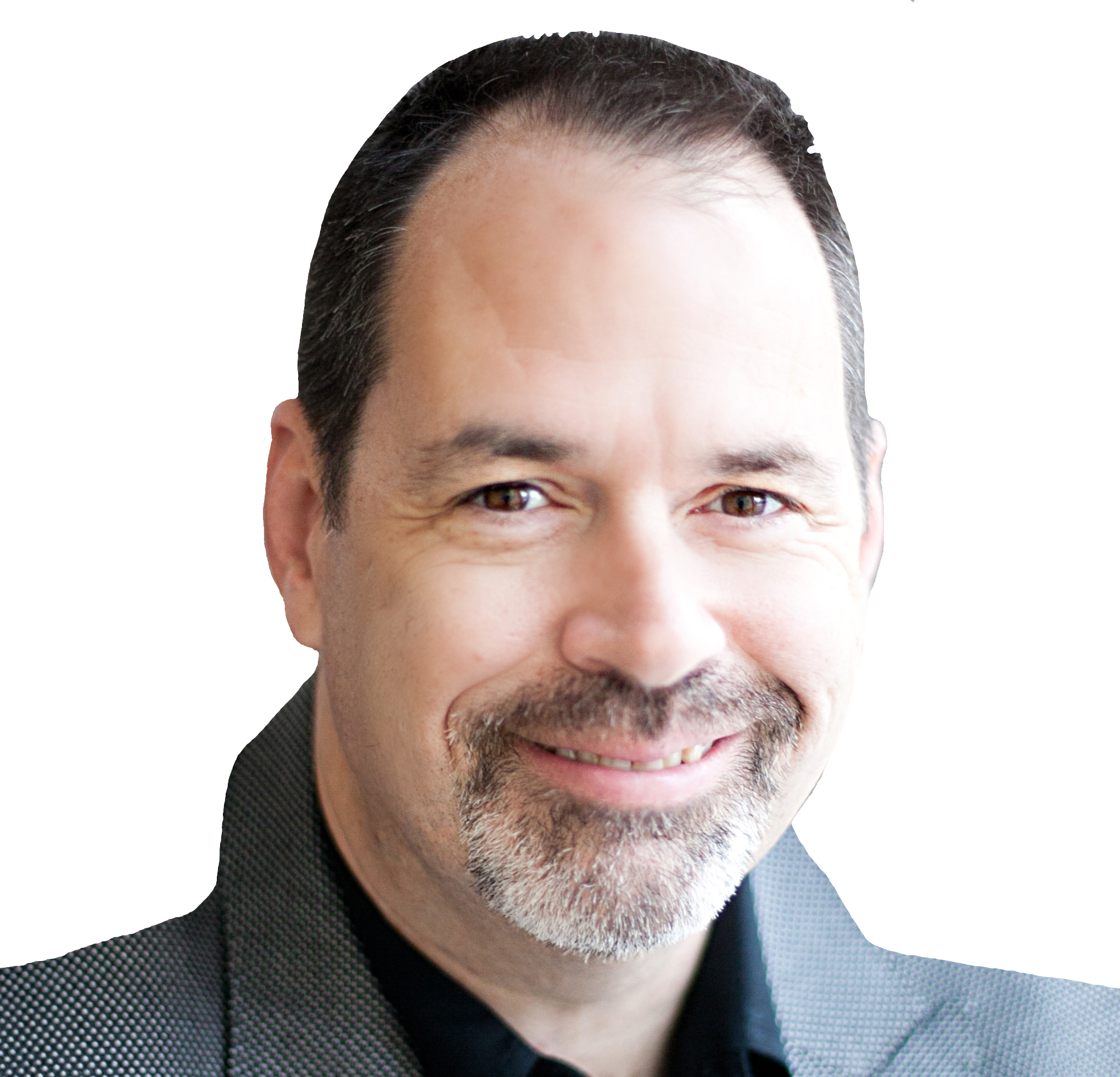
Steve Mills serves as Chief Information Officer at iHeartMedia. He oversees all aspects of the information technology structure for both iHeartMedia and Clear Channel Outdoor, working closely with all its businesses and divisions to ensure the alignment and optimization of the company’s overall technology systems with the business priorities of its multiplatform assets, which include 858 broadcast radio stations reaching more than 245 million consumers monthly; iHeartRadio, iHeartMedia’s free leading all-in-one digital music and streaming radio service with more than 70 million registered users, 600 million app downloads and 87 million monthly digital uniques; more than 75 million social media followers across the network; nationally-recognized marquee live events; and Clear Channel Outdoor’s digital platform, which now offers over 950 digital billboards across 37 U.S. markets.
Steve has over 30 years of experience in information technology, enterprise systems and software engineering. In addition to his role as Chief Information Officer for Motorola, Mills also previously served as Chief Information Officer of leading cloud hosting solutions provider Rackspace Hosting as well as executive positions at T-Mobile, BearingPoint, and Intelligent Technologies. Mills holds a PhD in Computer Science from Southern Methodist University.


